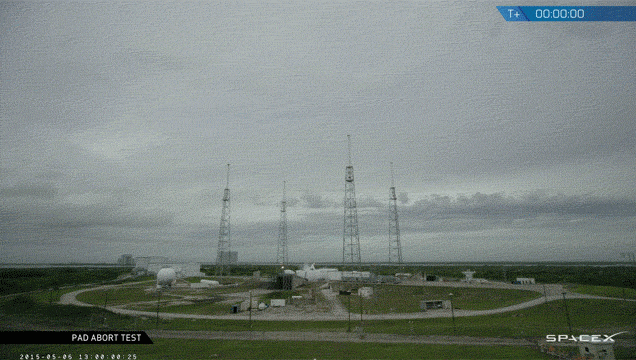hobbsyoyo
Deity
- Joined
- Jul 13, 2012
- Messages
- 26,575
I would absolutely prefer Europa first as well. I don't think life is possible on Titan; sure it has the right conditions it could host life, but it doesn't have the energy. Conditions are much too close to absolute zero for any real chemistry to happen. Ben Bova had a pretty good bit in his book about Titan where there was life, just in super slow motion. But I don't think it was realistic.
Europa, in my opinion, has much better prospects. Unfortunately, the challenge of getting down to the ocean through all the ice requires technology we don't have now and in my estimation, is an order of magnitude more challenging to do than a Titan mission and therefore an order of magnitude more expensive.
Europa, in my opinion, has much better prospects. Unfortunately, the challenge of getting down to the ocean through all the ice requires technology we don't have now and in my estimation, is an order of magnitude more challenging to do than a Titan mission and therefore an order of magnitude more expensive.



